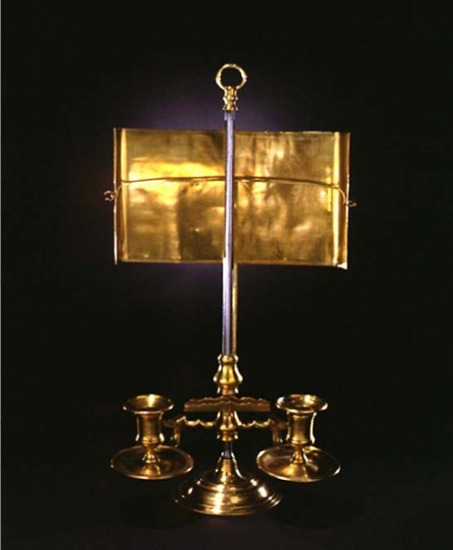The Real Birth of American Democracy
This week, 215 years ago, the lofty ideals of the Constitution passed their first test
/https://tf-cmsv2-smithsonianmag-media.s3.amazonaws.com/filer/20110920090005Washington_Farewell_Broadside_small.jpg)
The dawn of American democracy didn’t come in 1776, with the Declaration of Independence. It didn’t come in 1788, when the Constitution was ratified by the states, or in 1789, when George Washington took office. According to Harry Rubenstein, chair and curator of the Division of Political History at the American History Museum, the symbolic birth of our system of government didn’t come until its noble ideals were actually put to the test. On September 19, 215 years ago, Washington published his farewell address, marking one the first peaceful transfers of power in American history and cementing the country’s status as a stable, democratic state.
This moment, Rubenstein says, “is crucial for creating the in-and-out system of government that we have. And this is unique. In that time and era, politicians would gain power, or kings would stay in office until they die.” At that nascent stage in American history, before precedents such as the two-term limit were even set, many were uncertain about what would happen after a galvanizing figure like Washington resigned office. But at this critical juncture, the leadership of Washington and others proved more than adequate to preserve the democracy. “Stepping down is unique,” says Rubenstein. “It’s a powerful statement about Washington and American democracy.”
In addition to the symbolic importance of voluntarily leaving office, the content of Washington’s farewell address—which was published in newspapers across the country and as a pamphlet—was important in establishing the values of the quickly maturing American democracy. The 51-paragraph document covered Washington’s decision to retire, the importance of a unified national government, the folly of getting involved in foreign affairs and other issues. “What the farewell address aims to do is call for national unity: an end to the squabbling between the parties, between Federalists and Republicans, and an end to the sectionalism of West, North and South,” Rubenstein says. “It’s a call for trying to form something larger than local interests.” For an infant nation that had resembled more of a loose association of independent states under the Articles of Confederation just years earlier, this message of unity was significant.
Of course, Washington’s lofty written standards weren’t always achieved in real life. “I think his desire for national unity, while hard for people to act on, was something that most aspired to,” says Rubenstein. “It’s just that everyone wanted everyone else to agree with their position.” Even during Washington’s presidency, the buildup of partisan politics that would characterize our government was beginning. “You start to have the birth of the parties, especially during his second administration: the squabbling between the two parties, between Hamilton and Jefferson,” Rubenstein says.
But Washington’s core message would remain at the heart of the public conception of the country as a unified nation. “His intention is to urge people to put aside their differences, and not get caught up in the squabbles of the international community,” says Rubenstein. “As an administrator, he was witnessing all these tugs and pulls, and so this is his last major statement. These are the beliefs that he’s hoping people will follow.” The importance of checks and balances, the danger of foreign alliances, the authority of the Constitution, and the need for national unity were adopted with conviction in the years to follow by legislators across the political spectrum.
The American History Museum is home to a critical relic of the farewell address. “According to family tradition,” Rubenstein says, “Washington worked on his farewell address by the light of this candle stand.” During the pre-electric era, candle stands with reflectors were often used to increase the light output of a candle at night, and were used on desks in a manner similar to a reading lamp. This brass stand was passed down among Washington’s descendants before being sold to the government in 1878.
In reflecting upon the farewell address, it hardly escapes notice that the very issues Washington focused on—political rivalry, entanglement in foreign affairs—are still in play. “These debates are still relevant today,” Rubenstein says.
But even from the nation’s infancy, it pays to remember, the high-minded standards of the Constitution haven’t always been universally achieved. Our democracy has always been a messy experiment. Nevertheless, the ideas in Washington’s farewell still help to guide lawmakers and ordinary citizens alike. “At its core, I think that we still desire many of the aspirations that Washington professed in this document,” says Rubenstain. “Ultimately, we want people to think of the good of the nation.”
/https://tf-cmsv2-smithsonianmag-media.s3.amazonaws.com/accounts/headshot/joseph-stromberg-240.jpg)

/https://tf-cmsv2-smithsonianmag-media.s3.amazonaws.com/accounts/headshot/joseph-stromberg-240.jpg)